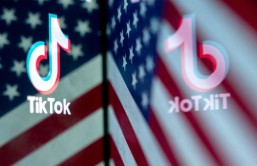Wearables are hot. Even the U.S. government thinks so.
The National Institute on Alcohol Abuse and Alcoholism is holding a contest, calling for prototypes for a wearable alcohol-detection device, it announced.
Through the Wearable Alcohol Biosensor Challenge, The NIAAA - a division of the National Institutes of Health - hopes to draw designs and prototypes for a "discreet" device that measures blood alcohol levels.
The NIAAA said there is a need for a device to help researchers, clinicians, therapists and consumers track how much a person may be drinking.
An article and online presentation reported by USA Today illustrated the uses for law enforcement.
An NIH press release indicated: "The device must be able to measure blood alcohol level, interpret and store the data, or transmit it to a smartphone or other device by wireless transmission."
The NIH wants a device that would provide data in real time - and the key word here is "discreet." The NIAAA said people would be more likely to wear the device if it is physically appealing and doesn't make a big presence.
The NIAAA is looking for designs in jewelry, clothes or some article worn on the body - the device must be in contact with the body.
Wearables represent a hot trend in technology. The Apple Watch is expected to come to market April 24.
Casio is considered one of the first companies to get into wearables. In the 1980s, it kicked off a trend with the calculator watch.
The NIAAA entry information as issued in its release:
Competition submissions (a working prototype, data proving functionality/reliability, and photos/videos) will be accepted until December 1, 2015. Judging is expected to begin in January 2016, with winners announced on or after February 15, 2016. The first prize winner will be awarded $200,000; second prize receives $100,000.
Further details are available at the Federal Register.








